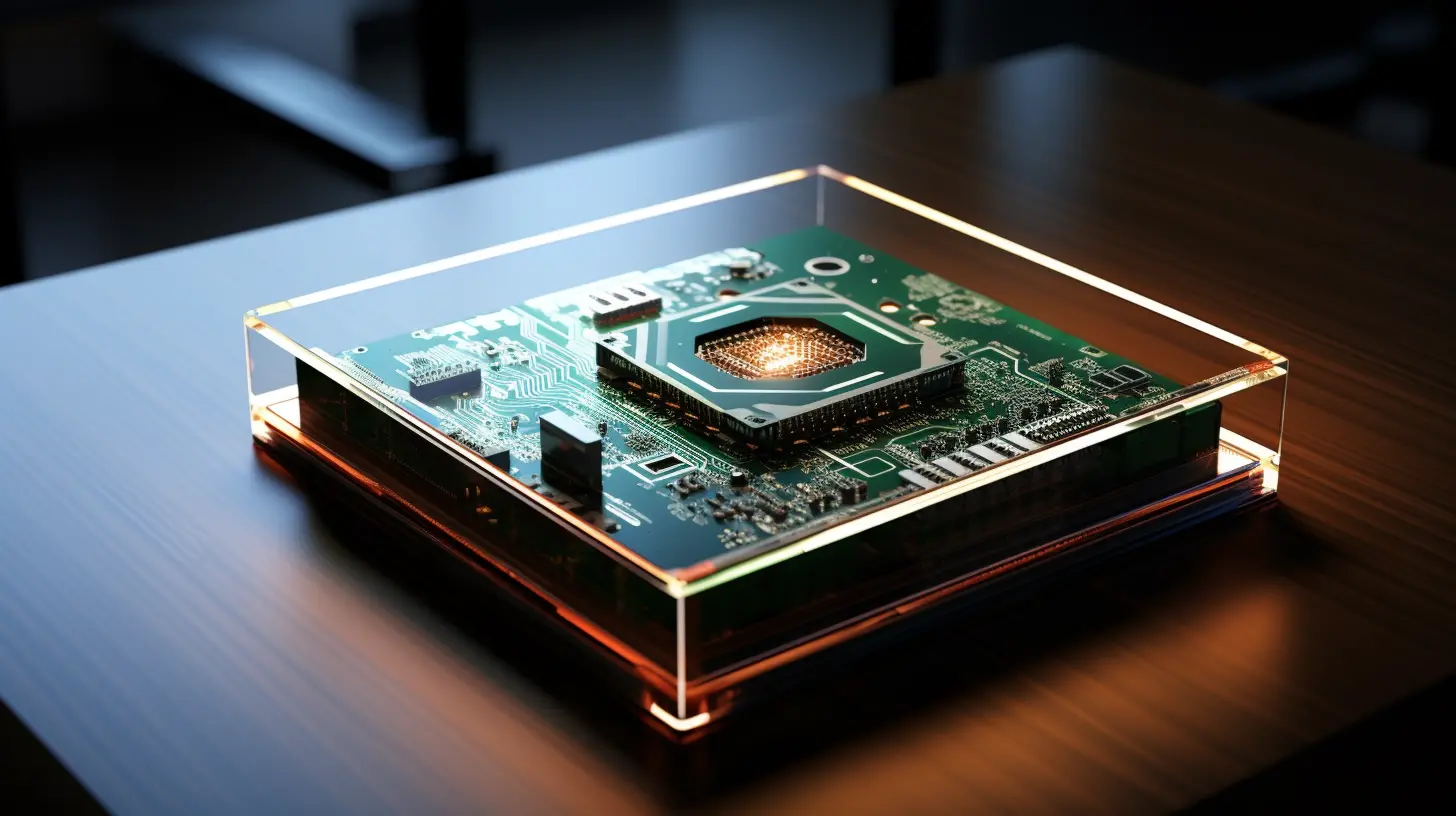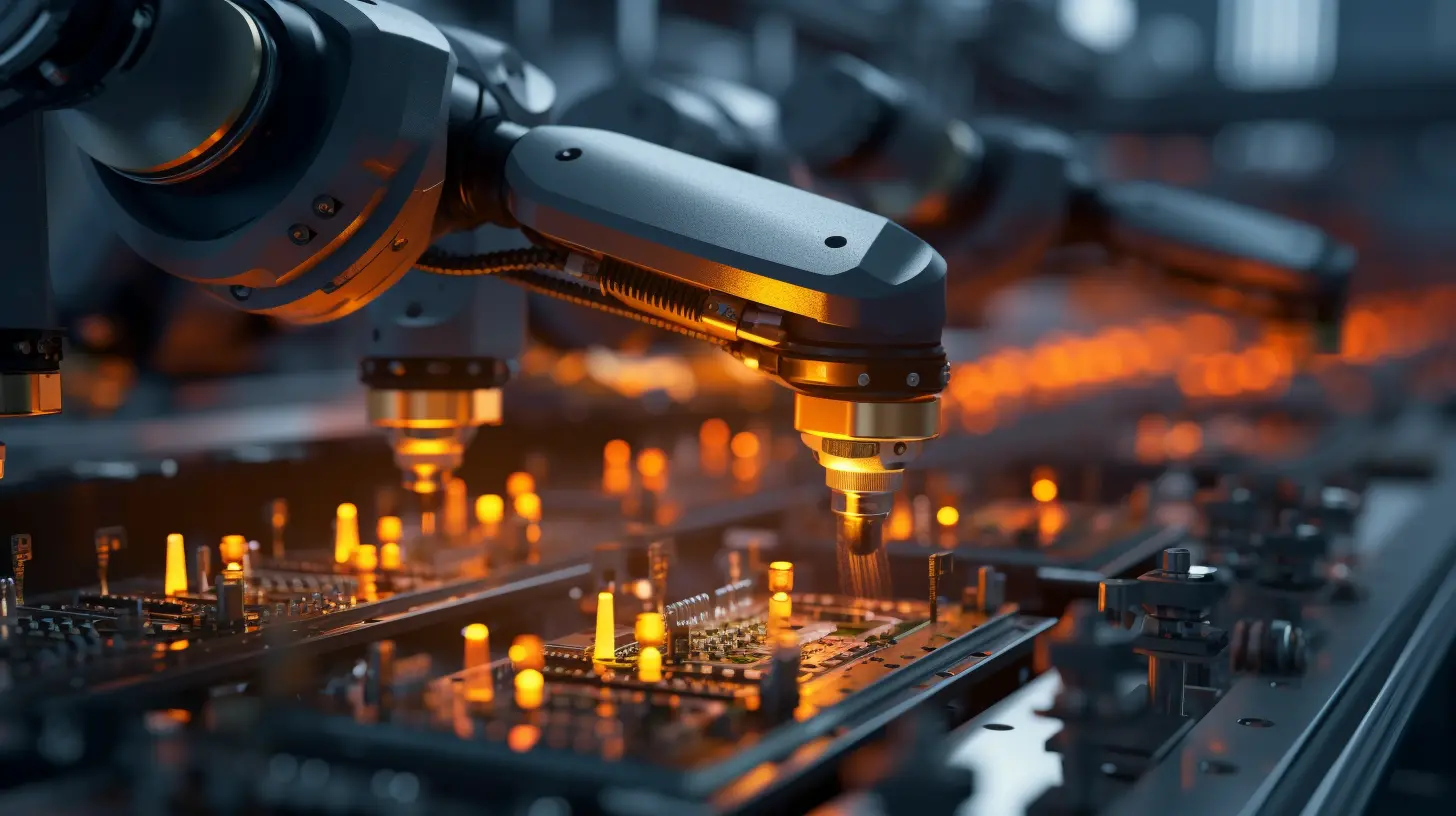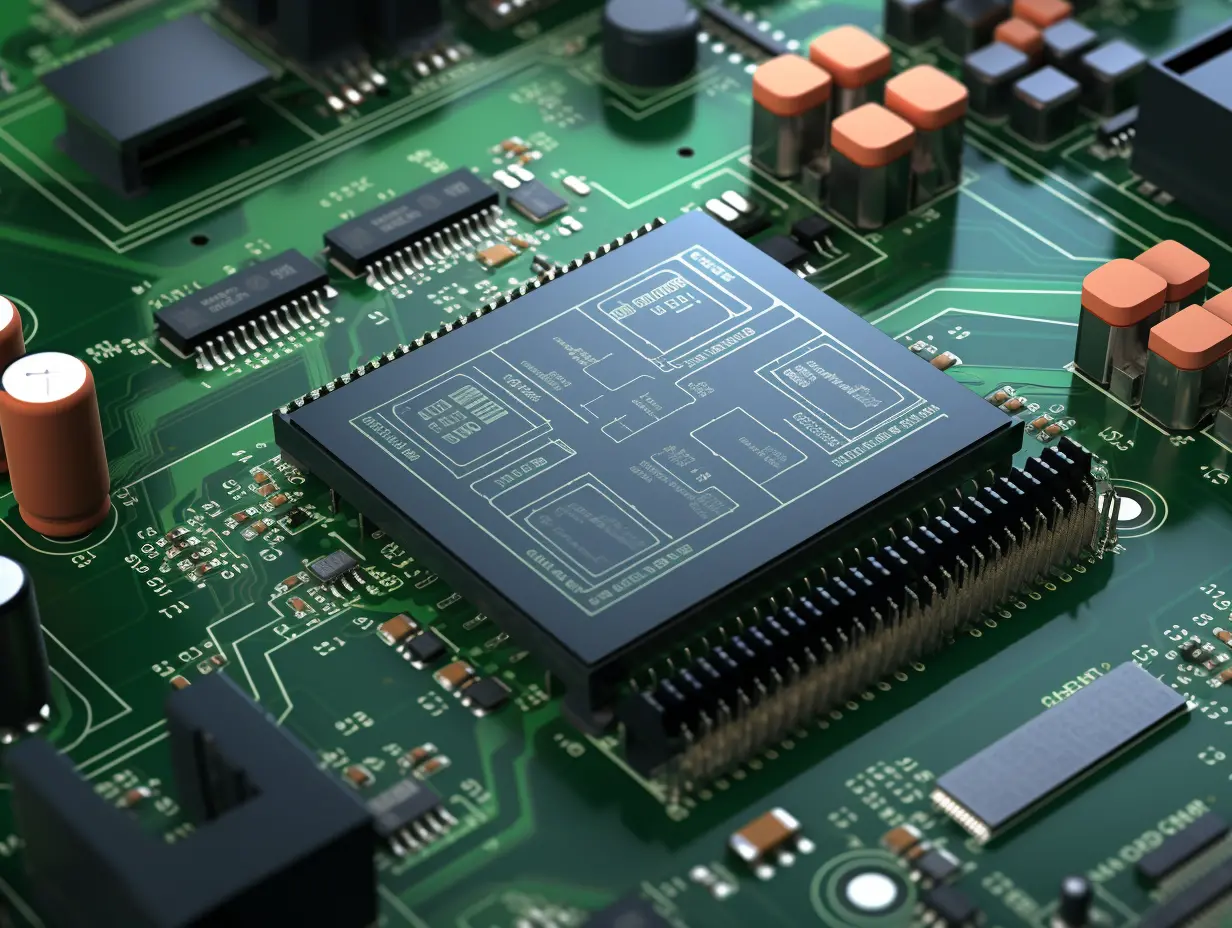When selecting HDI PCBs, the quality of the materials used is paramount. High-quality copper and dielectric materials ensure better electrical performance, signal integrity, and durability. It’s advisable to request the specifications of the materials and verify their compatibility with your project requirements.

The number of layers in an HDI PCB directly affects its complexity and functionality. A higher layer count allows for more circuits, which can be beneficial for advanced applications. However, it also increases the cost and manufacturing challenges. Assess your design needs thoroughly before finalizing the layer count.
Understanding the manufacturing techniques used for HDI PCBs is crucial. Processes such as laser drilling, microvia creation, and sequential lamination significantly influence the performance and quality of the PCBs. Ensure your supplier has the necessary equipment and expertise to produce high-quality HDI PCBs.

While it’s important not to compromise on quality, your budget is also a key consideration. Compare quotes from multiple suppliers, but be cautious of unusually low prices, as they may indicate inferior quality. Strive for a balance between cost and performance to ensure long-term value.
Choosing a reliable supplier can make or break your PCB project. Look for suppliers with a proven track record in HDI PCB manufacturing. Check their certifications, customer reviews, and ability to meet deadlines. A dependable supplier will not only deliver quality products but also provide excellent customer support.

By keeping these five considerations in mind, you can make informed decisions when selecting high-quality HDI PCBs that meet your project’s requirements and budget constraints.
